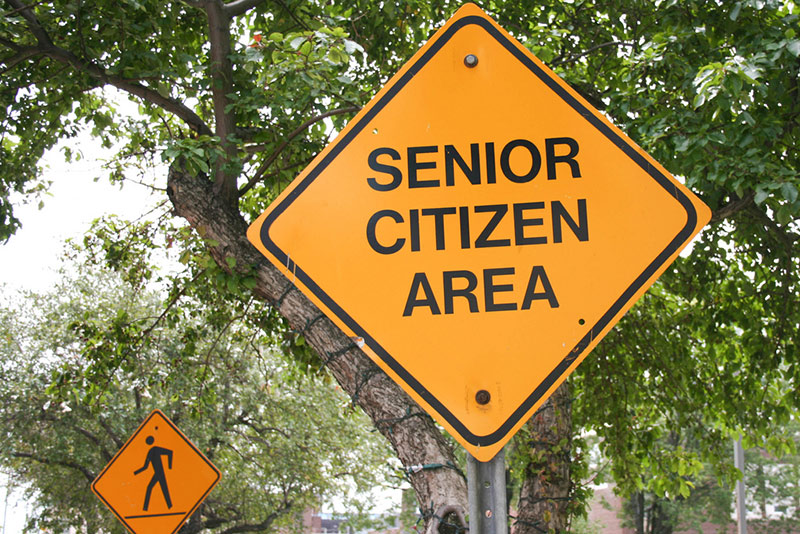Much has been written recently about the housing needs of millennials. But what about the housing needs of their grandparents? Aging baby boomers present new challenges to urban planners, developers, and home builders — hurdles that make millennials’ problems look like kids’ stuff.
 By 2030, one-quarter of the U.S. population will be age 50 or older, according to a recent study by the Joint Center for Housing Studies at Harvard University. Close to 39 million adults will be between 65 and 74 years old by then, almost twice the number as in 2010. By 2035, the number of households aged 80 or older will have doubled since 2010.
By 2030, one-quarter of the U.S. population will be age 50 or older, according to a recent study by the Joint Center for Housing Studies at Harvard University. Close to 39 million adults will be between 65 and 74 years old by then, almost twice the number as in 2010. By 2035, the number of households aged 80 or older will have doubled since 2010.
As the population ages, housing will need to to change to meet specific needs, such as adding accessibility features and support services and providing affordable options for seniors on a budget.
“Even with the recent uptick in seniors housing construction, vacancies remain relatively stable and rents keep climbing in most markets,” David Brickman, executive vice president for multifamily business at Freddie Mac, said in a recent statement on housing trends. “Much of the building has focused on high-end properties in top-tier markets. These don’t directly benefit households outside of higher-income brackets or in smaller markets, although any new supply is beneficial because it helps increase vacancies and drive down rents locally.”
“Still,” he said, “most markets could absorb more seniors housing – particularly for the middle- and lower-income levels.”
The home-improvement industry needs to adapt as well, with a new focus on altering existing homes so they are accessible to the aging population. Features like extra-wide hallways and doors, first-level bathrooms and bedrooms, and home elevators will become more common in the years ahead.
“Being properly housed and cared for is vital to overall well-being, but can be harder to achieve as we age,” Brickman said, noting that the urgency will increase in coming years as millennials move into their 50s.
Modern housing for seniors doesn’t have to be the cold institutions of decades past. “We’re not talking about our grandparents’ nursing homes,” Brickman said. The main property types include:
- Independent living, where adults live on their own but also get help with certain activities and services, including food.
- Assisted living, where adults still live on their own but also get help with basic daily activities. These facilities also provide meals.
- Memory care, which addresses the needs of seniors suffering from dementia. Demand for this type of care is rising as the overall population ages.
- Skilled nursing, which delivers specialized care to seniors who cannot care for themselves.
- Continuing-care retirement communities, which provide multiple care levels in a single property.
“Importantly, seniors housing also offers the sense of community that people crave,” Brickman concluded. “But costs run high, varying by the location and level of care and service. That said, seniors housing – in particular, independent living, assisted living, and memory care – can be much less expensive than full-time in-home or skilled nursing care.”
(Image: Flickr/Chapendra)

